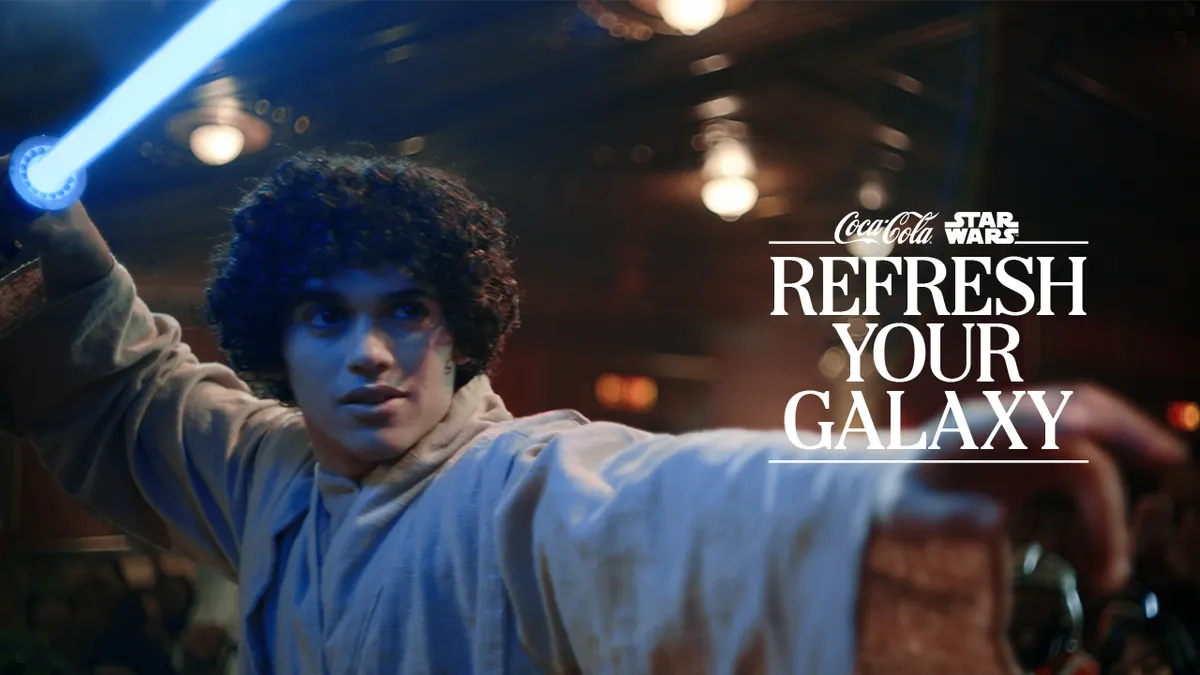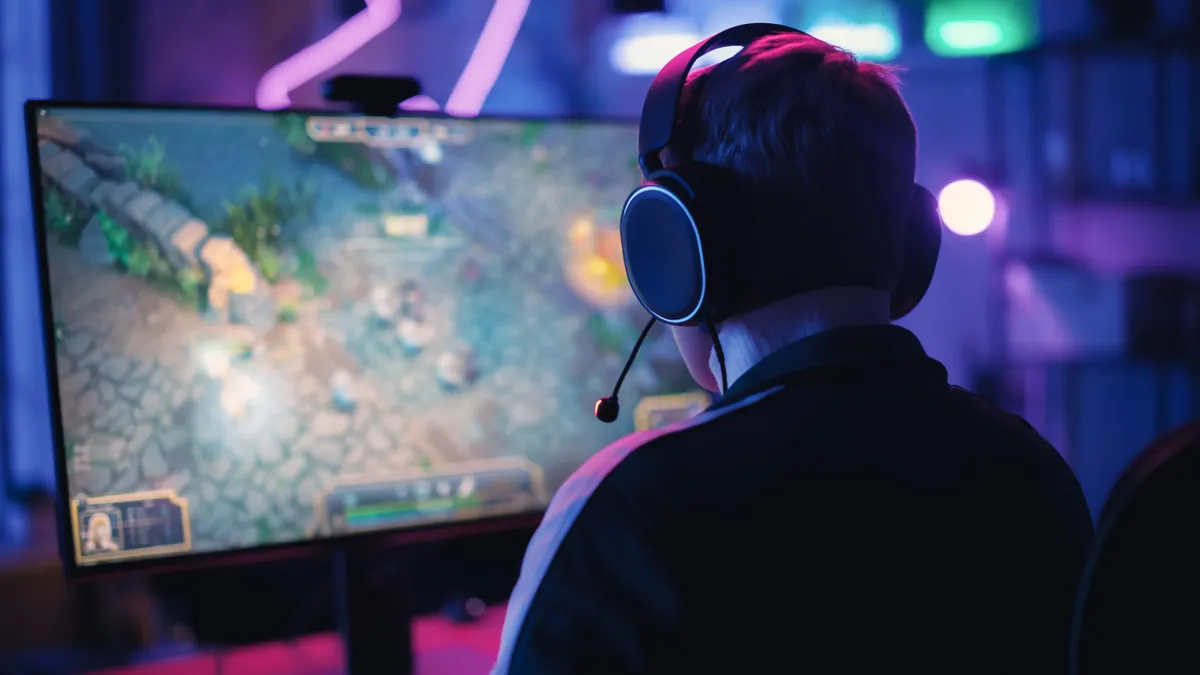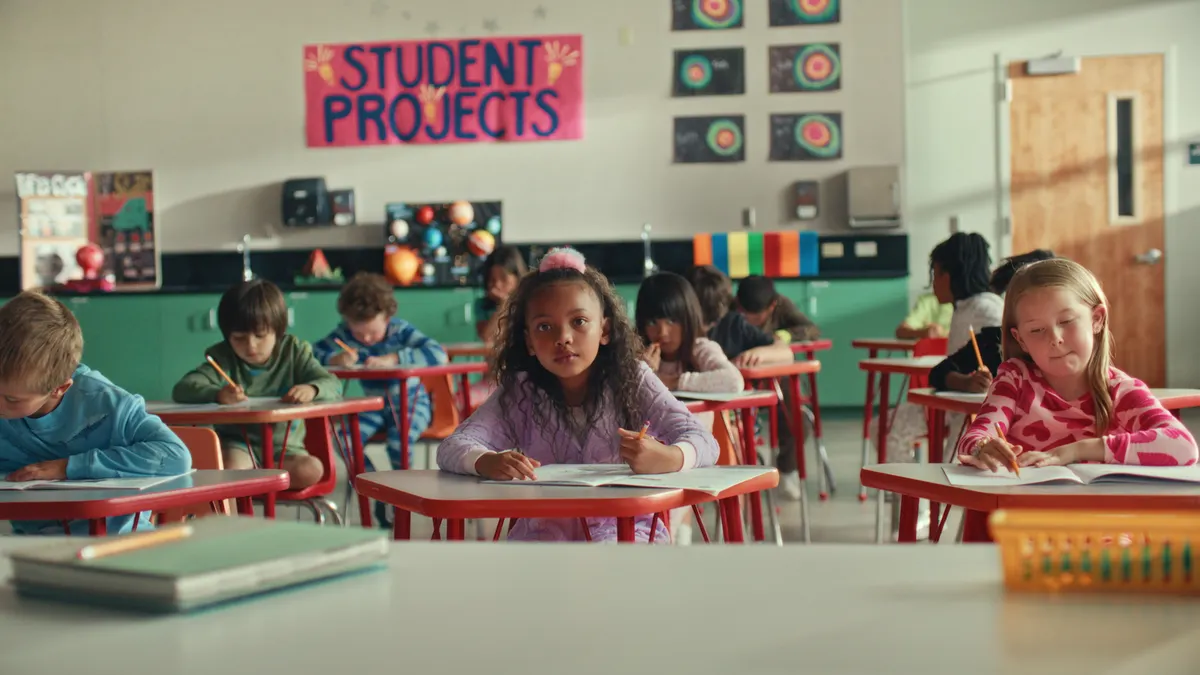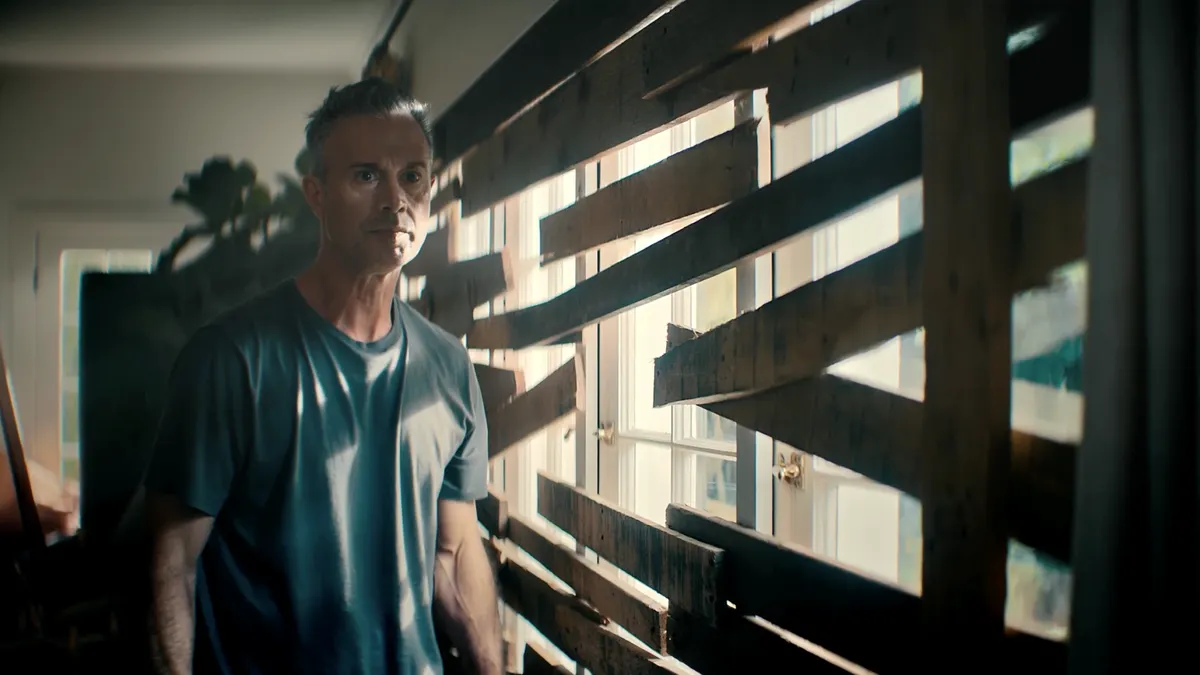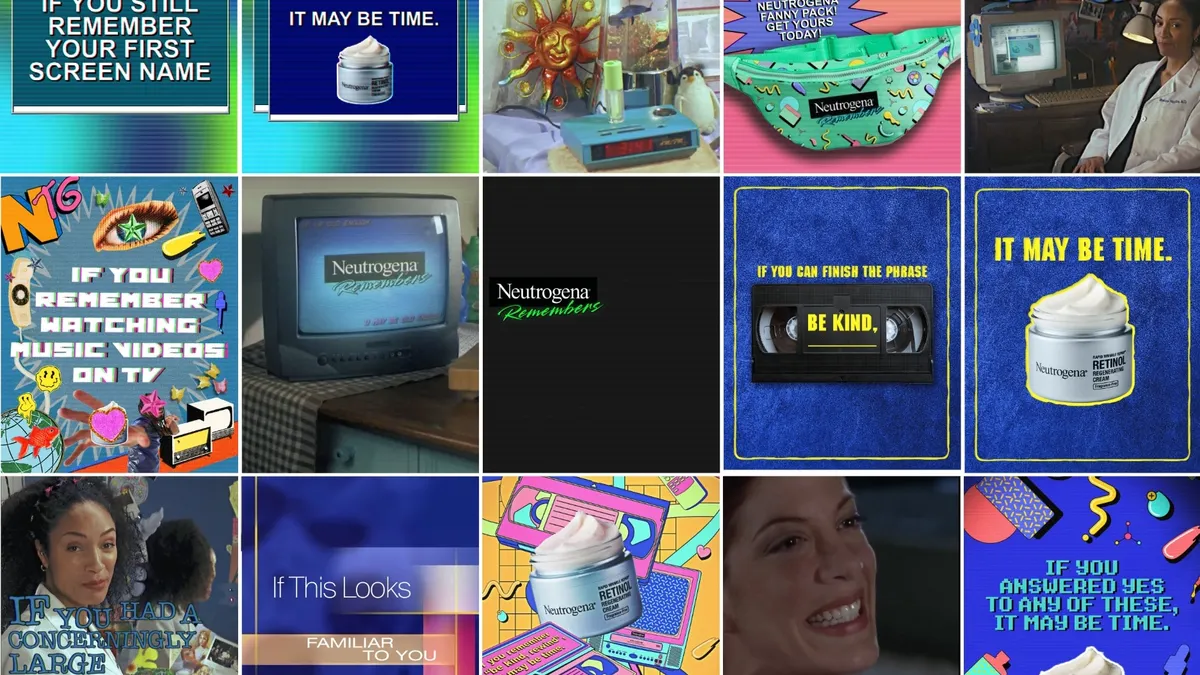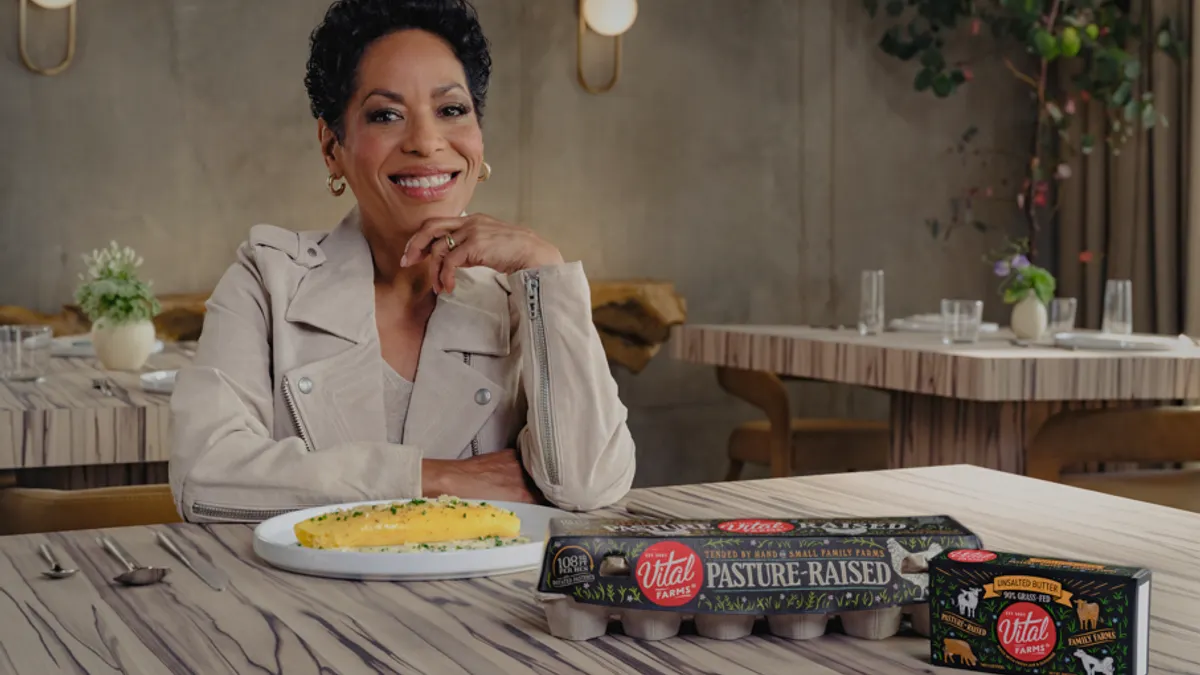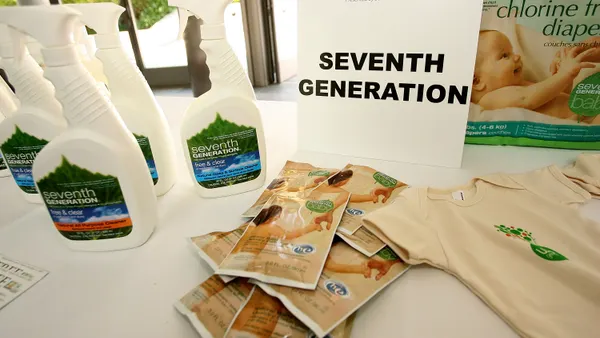In early March of 2020, Wendy's was in the midst of one of its biggest innovations in years: The introduction of a nationwide breakfast menu. A heavy marketing push generated hype for the rollout when, just weeks later, COVID-19 upended the restaurant category and world at large. Rather than pull back on breakfast, as competitors did, Wendy's stayed the course and made breakfast a larger component of its strategy, including with the launch of a rewards program centered on digital engagement last summer.
Executives now say Wendy's breakfast generates more than $1 billion in sales — the type of growth that recently led the marketer to dethrone Burger King as the No. 2 burger chain in the U.S.
"One of the big reasons that we pushed so hard for breakfast is that we just kept hearing over and over how disappointed consumers were with the category offerings for breakfast. It was tired, it was old and had been the same offering since 1972," Wendy's Chief Marketing Officer Carl Loredo said in a recent interview, referencing the year rival McDonald's first bet on breakfast with the invention of the Egg McMuffin.
Loredo, who joined Wendy's in 2016 and was promoted to CMO two years ago, views the company's own breakfast experiment as indicative of its broader marketing strategy — one that prioritizes having an ear to the ground with consumers online before making any big decisions. Social insights have increasingly guided where Wendy's shows up culturally, resulting in an expanding presence in the gaming sphere — the brand commands more than 100,000 followers on the livestreaming platform Twitch — and a partnership with Adult Swim's "Rick and Morty" that earlier this month converted some drive-thrus into a pop-experience themed around the outlandish animated series.
Below, Marketing Dive spoke to Loredo about his shifting marketing outlook as the economy reopens, how Wendy's stays on top of social trends and the importance of preserving a nuanced tone across channels.
Editor's note: This interview has been edited for clarity and brevity.
MARKETING DIVE: You've been CMO at Wendy's for two years now. Compared to when you started, how has your thinking changed around your role?
CARL LOREDO: Let's be honest, the world has definitely changed a lot over the course of the last two years. As I jumped into the CMO role, I didn't expect that we would be in the midst of a pandemic and all the things that come with that. But I don't think the thinking around how we approach our consumers and the way we want to engage with them has been fundamentally changed. The strategy is the same; the tactics clearly have evolved immensely.
As I consider how to approach engaging with consumers in the right way, it has to start with listening, it has to start with empathy and understanding. The mistake that many brands make is they immediately jump to: "I've got a bunch of stuff I want to sell to you." My approach is exactly the opposite.
You emphasized listening. What does that looks like at Wendy's?
LOREDO: It's no surprise that social is one of our superpowers. I think back to Chance the Rapper [tweeting], if there's one thing I'm going to accomplish today, it's going to be to get Wendy's to put those spicy nuggets back on the menu [EDITOR'S NOTE: It did.] or what we heard around breakfast. We've built a billion-dollar business for breakfast. But all that started with listening to the consumer and understanding the disappointments in the product. Unlike the category that's out there with frozen microwave eggs or bacon, we're putting fresh-cracked eggs on every sandwich and we oven-make our bacon.
It's not just about slapping a logo on something. It's the same for "Rick and Morty." There's a huge overlap between our brand and platforms like "Rick and Morty." Breakfast was a big part of the storyline last year with "Rick and Morty" and continues to be this year.
You said your core marketing vision is the same, but that tactically, things have changed. Is there anything you adopted over the past 15 months in relation to the pandemic that is going to stick?
LOREDO: There's no doubt that digital and tech acceleration was at warp-speed given what we saw with the pandemic. We're in a place where our digital business grew to 7.5% of sales. At the time the pandemic started, we were partners with Doordash for third-party delivery. Literally in three months, we added the other four big players because we knew for our consumers that that was crucial.
As we think through what's going to stick, it has to do with: Are we delivering on the consumer's needs? We have 13.5 million folks that are a part of our loyalty program, a large portion of which are active users. So making sure we continue to know them well is another aspect of us really being able to listen to them.
I'm glad you brought up loyalty. How is your approach evolving now that the program has been a year in market?
LOREDO: It's a learning lab for us. It's a way we can learn about consumers, their propensity to do a variety of things, but also to reward them by giving them access to products a little bit early and showing them that being a part of our overall loyalty platform is a worthwhile experience. Some of our competitors are out there pounding you with offers over and over again versus making sure you find the right time, right way and right storyline.
In terms of your consumer-facing strategy, how much is that changing in line with these tech-oriented and even more performance-oriented bets?
LOREDO: It's a very ubiquitous category, right? So to start, there are always going to be big, broad programs. But I think there's a variety of ways we can also get hyper-focused, again, on going back to what matters to people. So if you think about gaming as an example: It's now bigger than movies and music combined, and that's a place where we've got the chance to have direct engagement. As we begin to have that direct engagement, it allows us to have a conversation about our loyalty platform and bring folks into the fold.
In terms of gaming bets, that's centered a lot on Twitch, right?
LOREDO: It's interesting, as a brand, to be in the top 1% of overall Twitch streamers. The reason for that ties back to our food, the stories we want to tell and finding the right way to go tell them within the world. The "Keeping Fortnite Fresh" campaign [with agency VMLY&R] is an example.
Fortnite created a space within the game where there was a competition between the pizza spot and the hamburger spot. Yet, we found out the hamburger location was selling frozen beef, and of course, we're not going to be for that. We brought in our own character and ultimately won the game to destroy the burger spot and brought everyone along with us to do that. That's what creates the energy and excitement. What we're doing first is making friends and then inviting them to lunch versus hammering them with a variety of foodstuffs.
I know Wendy's takes a lot of pride in its sparring Twitter personality. It sounds like you're trying to translate that success to more emergent channels.
LOREDO: In some ways, what we've been known for — or what makes the headlines on Twitter — is the sparring. It's the Roast Day and some of those pieces. But at the heart of what has driven our engagement with Twitter — why folks spend part of their day with us — is about the right engagement. It's that when folks ask us to help them answer one of their homework problems, we actually take the time to do it.
Last week, one of our consumers, Julien — a young kid — goes out and puts what he thinks the ideal Wendy's ad should be on his Twitter. It's hand-drawn, it's this beautifully crafted piece. And we're like, "Wow, look at the engagement." Here's a kid who loves Wendy's so much. So what do we do? We say, "you know what, we're going to take three hours, we're actually going to produce that ad thanks to the storyboards he put together, catch up with his mom, make sure she's good with it, and turn right back around and put that out on social media for the world to see." That's the reason that people engage with us.
Thank you Julien https://t.co/yAXWlcjoe8 pic.twitter.com/42jvTo4e68
— Wendy's (@Wendys) June 5, 2021
It's interesting that you called out a pretty wholesome campaign. Does it ever frustrate you that Wendy's is, at least in the media, portrayed as the "snarky" Twitter brand?
LOREDO: We are trying to point out the differences between us and our competitors. You might tell the same exact story to your mom, your grandmother or your best friend in different ways. That's important as you think about the platforms we engage on. Twitter's a different platform than what we might do in a traditional television spot versus what we might do in a direct engagement with email or through our loyalty platform. The tonality is, in some ways, unique to the platform itself, and also has to do with what we're trying to accomplish through that platform specifically.
What are you laser-focused on at the moment?
LOREDO: We've seen a huge acceleration for the way we can use tech and all the different components that are available to us now. But at the heart of it, it's all about understanding folks and delivering them a great experience. That's what led to us dethroning Burger King to take on the number two spot. It's because we have that customer-first mindset.
Clearly, consumers are reacting to it. Ultimately, we look forward to taking on the number one spot because we do it right, we do it differently and we are that scrappy, formidable competitor that's going to make sure we help consumers understand that we've got their back better than anybody else in the category.








